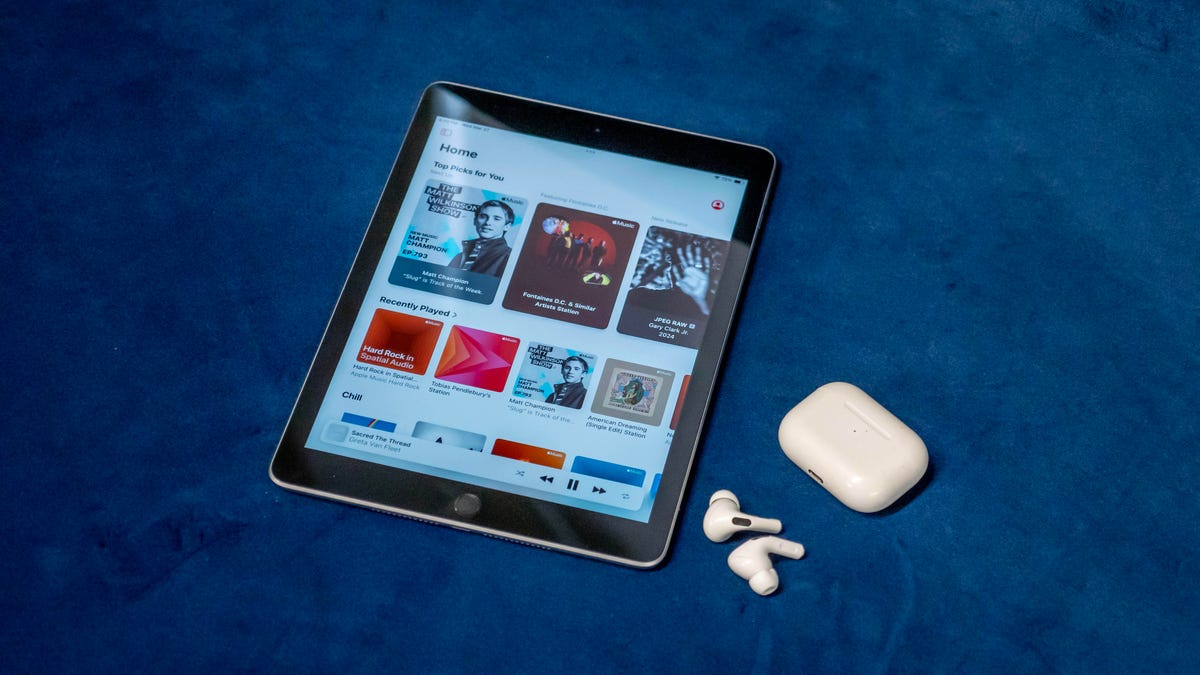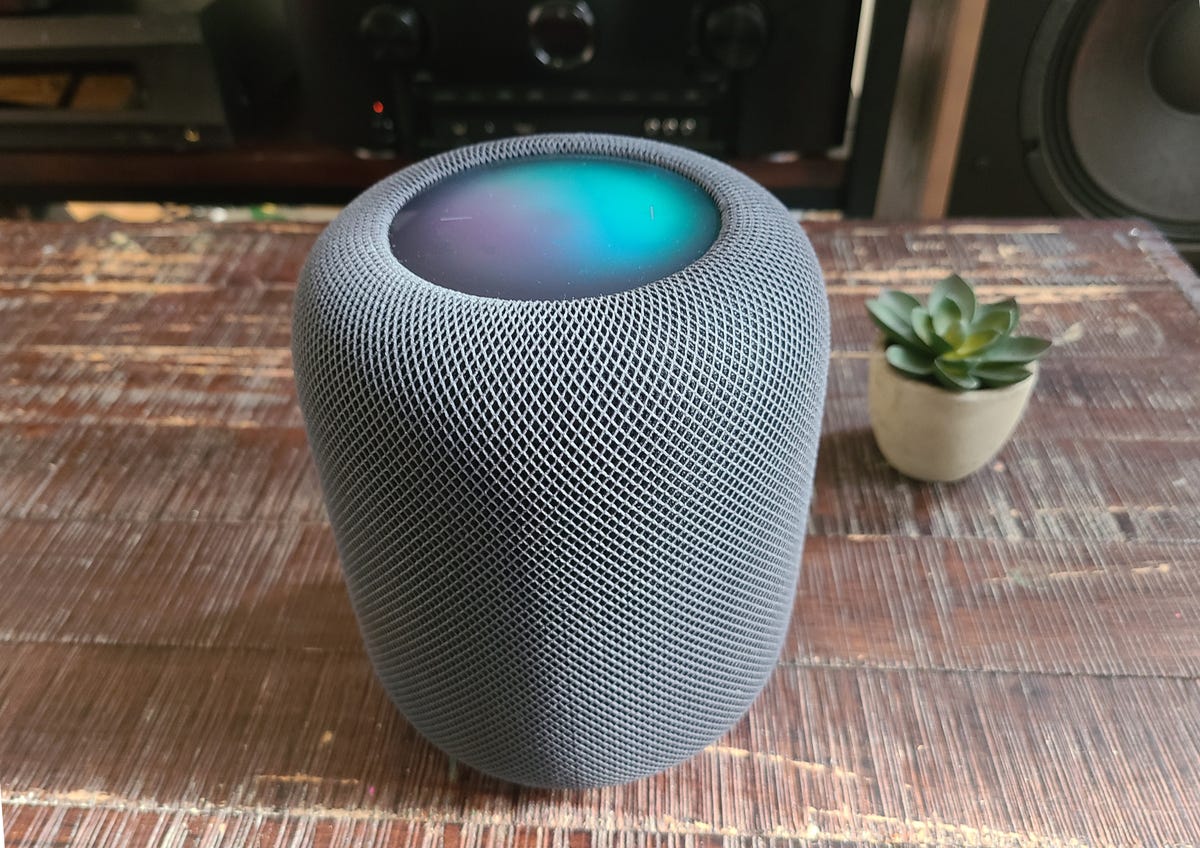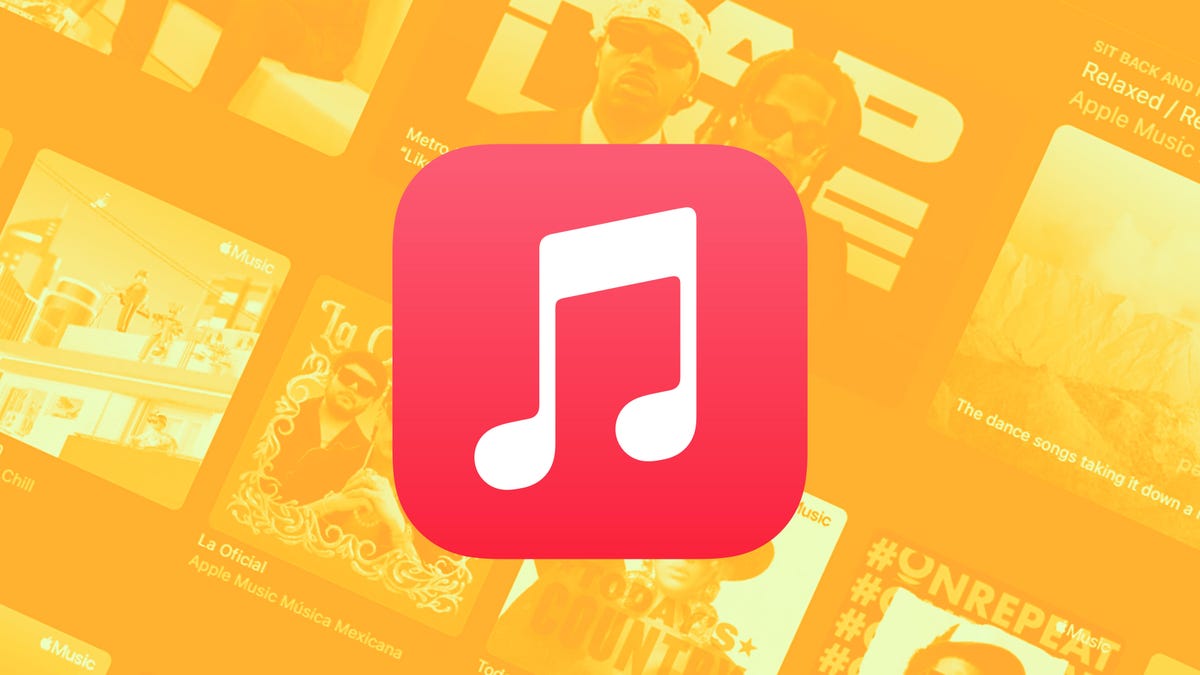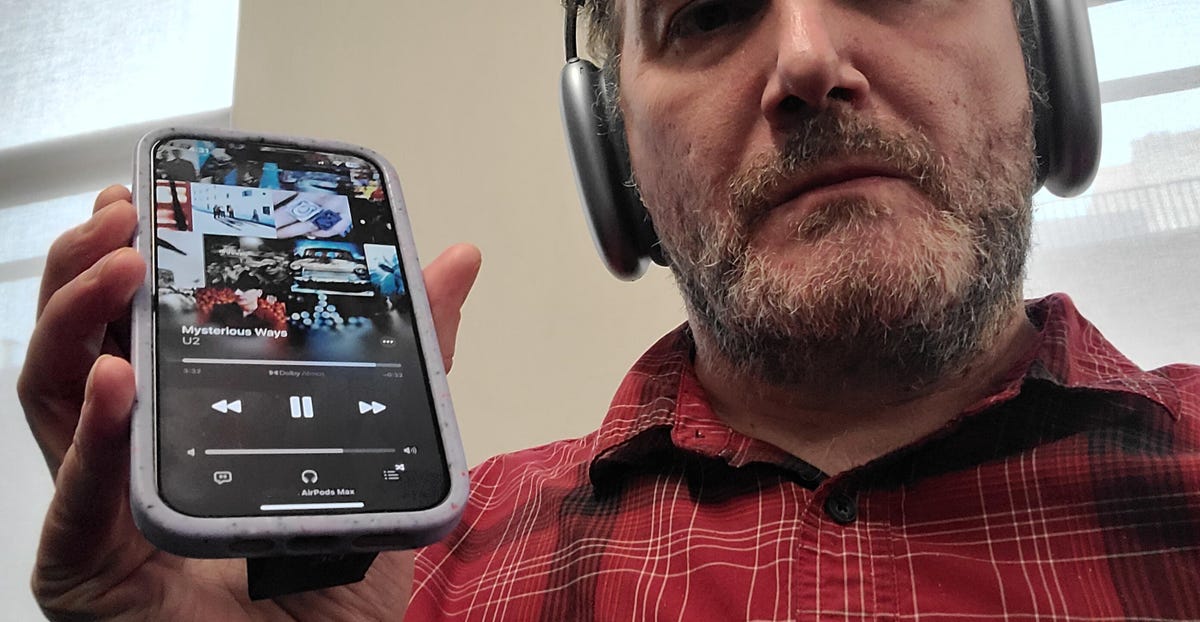
SCORE
Apple Music
- High-quality music streaming
- Hi-res and spatial included for free
- impressive music catalog
Apple Music makes the most sense for Apple users, though it’s possible to have an almost-as-enjoyable experience without the hardware. The app is a joy to use and the radio stations are fun, but just don’t expect too much from spatial audio. In short, while it may have taken the company years to come out with a competitor to Spotify, Apple Music has grown to become one the best streaming services available.
Read more: Best Music Streaming Service of 2024
What is Apple Music?
Apple Music is a music-streaming service available in dozens of countries, on both iOS and Android, as well as being the default service for the Siri voice assistant. There’s a number of “beats” a streaming service like Music needs to hit if it’s going to compete in 2024:
-
100 million songs
-
Cost around $10 a month (Apple Music is $11)
-
Apps for MacOS, Windows, iOS and Android (at least)
Given these criteria, all of the major services would appear the same, and while some tried mixing things up with “exclusive” albums, thankfully this trend was short-lived. Instead, services have found other ways to offer unique content for paying customer. For instance, Spotify has both podcasts and audiobooks, and AI in everything. YouTube Music seamlessly incorporates music videos from YouTube. Qobuz, like Apple, streams hi-res music, while also making hi-res available for purchase (unlike lossy iTunes).

Apple Music is available on a number of platforms, including iOS, Mac OS, PC, Android, Xbox, PlayStation, Sonos and Roku.
With its emphasis on music — there are no podcasts or audiobooks — Apple Music doesn’t need to sport a complicated interface. That said, the way the app works hasn’t changed much since the service first appeared in 2015, whether it’s for desktop or for mobile devices. Call it consistency, perhaps.

The HomePod 2 is able to play spatial audio from Apple Music.
For the longest time, Apple was a closed loop. If you wanted to listen to iTunes purchases, it made the most sense to own an iPod, for example. Yet in recent years some of the strictures have loosened and Apple Music is now available on a number of different platforms, just like its video counterpart Apple TV Plus. While you can happily purchase an Apple Music subscription without owning a single Apple device, it does make more sense if you do. Why? In a word: integration.
The company’s ability to package its hardware and software offerings together makes it easy for Apple users, but a little harder for everyone else. As an example, Apple AirPlay enables you to stream music from your iPhone to your Apple TV, or any number of compatible speakers. While if you’re an Android user you can still stream using Chromecast built-in, but the ability to stream to AirPlay devices is closed to you.
For all its advantages, though, Apple AirPlay is still a peer-to-peer connection and capped at CD quality (16bit/44kHz). This means that streaming to another speaker will wear your phone battery down in a similar way to Bluetooth. In addition, while competitive systems like Chromecast can stream hi-res between devices, the only way to listen to high-quality spatial audio is natively on an Apple device, like an Apple TV or a HomePod.
Additionally, if you do own a HomePod or HomePod then Apple Music is set as the default service, though you can opt for Pandora, Deezer, Tidal, or YouTube Music instead. You can also set Apple Music as your default service if you own a Google Nest speaker, though through my weeks of testing, I still prefer Spotify for this, as the voice results were more accurate.
Yes, iTunes is still a thing
Apple’s iTunes Store was a very successful attempt to curb illegal file sharing, and while the store still exists to this day, it’s just…changed. While you can still buy music on iTunes without a music subscription there are plenty of higher-quality alternatives. If you want to buy from the store, it’s now integrated into Apple Music as its own tab within most apps, barring Windows 11.
As part of my iTunes testing, I bought a copy of Spiritualized’s And Nothing Hurt on sale for $5, which was encoded in 256 kbps. Though I’ve had success downloading my purchases in the past in AAC format onto a Mac, I was only able to get these in the same encrypted lossless files I’d get for offline Music downloads. Translation: These files weren’t part of my purchase, but a regular offline library cache. As the PC version downloaded these tracks OK, I’m going to call this a one-off.


Listening to spatial music on AirPods Max
When it comes to spatial audio, I agree with my colleague David Carnoy when he says the technology makes the most sense when watching a movie. Even so, I’ve listened to spatial audio music on every different type of Apple device over the years — whether it’s iPhone, AIrPods, Apple TV or Homepod. A dedicated Dolby Atmos system has consistently given me the best sound, but I wanted to know how good the mobile experience could be. I listened to a number of spatial audio mixes of songs using the Apple AirPods Max and comparing the differences between stereo (Off), Fixed and Head Tracking.
The song that sounded best was The Chain by Fleetwood Mac; Lindsay Buckingham’s voice was crisp and when in head-tracking mode, his voice was easiest to follow as I turned this way or that. By contrast, the bombastic Mysterious Ways by U2 created a bubble of sound in front of me but it was missing instrument separation. It was a literal sound blob, which did move position convincingly when I turned my head. Compared to the standard stereo mix, with its extreme left/right separation, the spatial mix of this song couldn’t compete for pure fidelity. This disparity isn’t a result of spatial music, specifically, but highlights the contrasting choices made by the remixers of these two pop tracks. “Spatial” does not automatically equal better. That’s the takeaway.
Should you subscribe to Apple Music?
With virtually identical music catalogs and pricing, the music service that you pick will inevitably be the one that best suits your needs. It could be that it comes down to those feature differences I mentioned in the beginning. I would argue that Spotify has the greatest claim to being an “essential” music service as it’s the most platform-agnostic, thanks to Spotify Connect, and has a wide range of entertainment options extending to audiobooks.
The fact that Apple Music works best for iPhone users is the biggest point in its favor, and probably the most attractive “feature” that it has. Though Apple has made some concessions to music fans who don’t own its devices, its service still makes the most sense if you own the company’s hardware, though it’s slowly improving. While Spatial music may be fun, it’s the focus on an extensive catalog of high-quality music that guarantees its users value for money.


